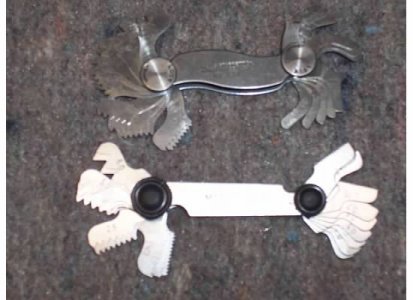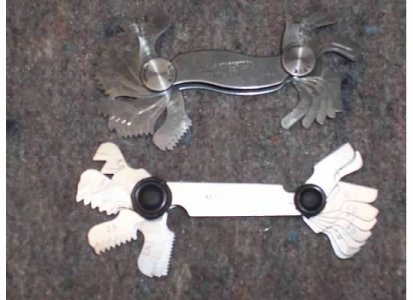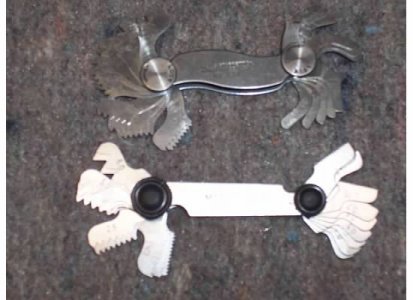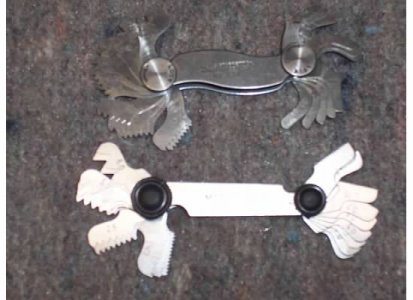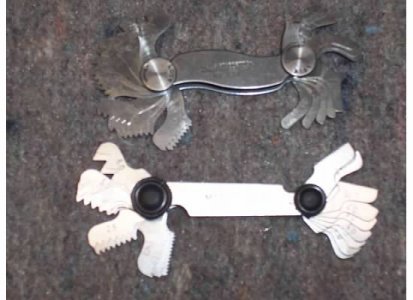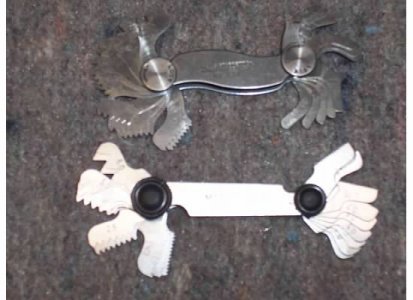- Joined
- Jul 4, 2014
- Messages
- 156
Guys,
I am making an adapter for a 1.25" right angle telescope diagonal that I bought recently. I have to measure the pitch of thread so that the new one I make will fit the threads. So I mounted the unit in my vice and placed a DI touching the piece I need to replace. I made a mark on it and slowly rotated it keeping an eye on the DI dial. It measured 0.120 inch for 4 turns. I repeated a few times to reconfirm.
Here is my calculation. The pitch is 0.030 inch or 33.3333 TPI. So I think it is not an inch thread. Converted into metric it gives me a pitch of 0.762 mm. Again it does not look like a standard pitch. Am I wrong somewhere? Or should I go ahead and cut threads at 33 TPI in imperial or 0.75mm? Would it still fit the thread in the diagonal?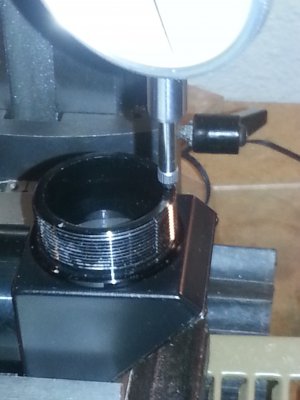
Thanks
Prasad
Wynnewood PA
I am making an adapter for a 1.25" right angle telescope diagonal that I bought recently. I have to measure the pitch of thread so that the new one I make will fit the threads. So I mounted the unit in my vice and placed a DI touching the piece I need to replace. I made a mark on it and slowly rotated it keeping an eye on the DI dial. It measured 0.120 inch for 4 turns. I repeated a few times to reconfirm.
Here is my calculation. The pitch is 0.030 inch or 33.3333 TPI. So I think it is not an inch thread. Converted into metric it gives me a pitch of 0.762 mm. Again it does not look like a standard pitch. Am I wrong somewhere? Or should I go ahead and cut threads at 33 TPI in imperial or 0.75mm? Would it still fit the thread in the diagonal?

Thanks
Prasad
Wynnewood PA
Last edited:


